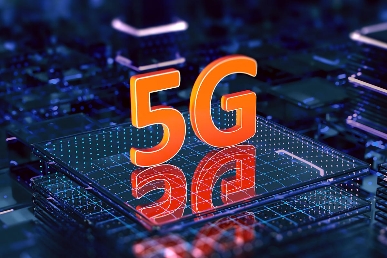
A 5G backhaul network plays a crucial role in the overall architecture of 5G telecommunications systems. It is the component that connects the radio access network (RAN) of 5G cell sites to the core network, enabling data transfer between user equipment (UE) and the wider internet or data services.
High Capacity and Speed: 5G networks are designed to support higher data rates and increased capacity, so the backhaul infrastructure must be able to handle large volumes of data to prevent bottlenecks.








Low Latency: 5G aims for ultra-low latency (as low as 1 millisecond), which means backhaul networks need to support rapid data transmission with minimal delay.
Flexibility and Scalability: The ability to scale the network quickly to accommodate changing demands is vital, especially with the anticipated surge in connected devices and IoT applications.
Diverse Transmission Methods: 5G backhaul can use a mix of wired and wireless transmission methods, including:
Fiber Optics: Offers high bandwidth and low latency, making it a preferred option for urban areas.
Microwave Links: Useful for connecting hard-to-reach locations or in areas where laying fiber is impra?ctical.
Millimeter Wave (mmWave): Can provide high capacity over short distances and is often used in dense urban environments.
Network Slicing: This feature allows multiple virtual networks to be created on a single physical infrastructure. Different slices can be optimized for various use cases (e.g., enhanced mobile broadband, massive IoT, ultra-reliable low-latency communications), each requiring different backhaul performance characteristics.
Cloud-Based Solutions: The trend towards virtualization and cloud-based networking can also influence backhaul. Virtualized network functions (VNFs) can be deployed to optimize backhaul routing and efficiency.
Private Networks: Some enterprises are deploying private 5G networks with their own backhaul solutions, focusing on specific use cases like industrial automation, smart manufacturing, or private enterprise communications.
Cost: The initial investment for deploying advanced backhaul technologies, especially fiber optics, can be significant.
Planning and Deployment: Ensuring that the backhaul network can meet the coverage and capacity requirements of 5G services requires careful planning and execution.
Regulatory and Environmental Factors: Obtaining the necessary permits for new installations (such as fiber optics) can be complex and time-consuming.
Integration with Legacy Systems: Many operators need to integrate 5G backhaul with existing 4G or earlier technologies, complicating network management.
Interference and Reliability: For wireless backhaul, issues like signal interference and weather conditions can impact performance, necessitating robust design and redundancy planning.
The 5G backhaul network is a fundamental component that enables the full potential of 5G technology by providing the necessary connectivity, capacity, and low latency required by modern applications. As the implementation of 5G continues to expand globally, advancements in backhaul technologies will play a crucial role in shaping the efficiency, performance, and reliability of next-generation networks.


Leave a Reply